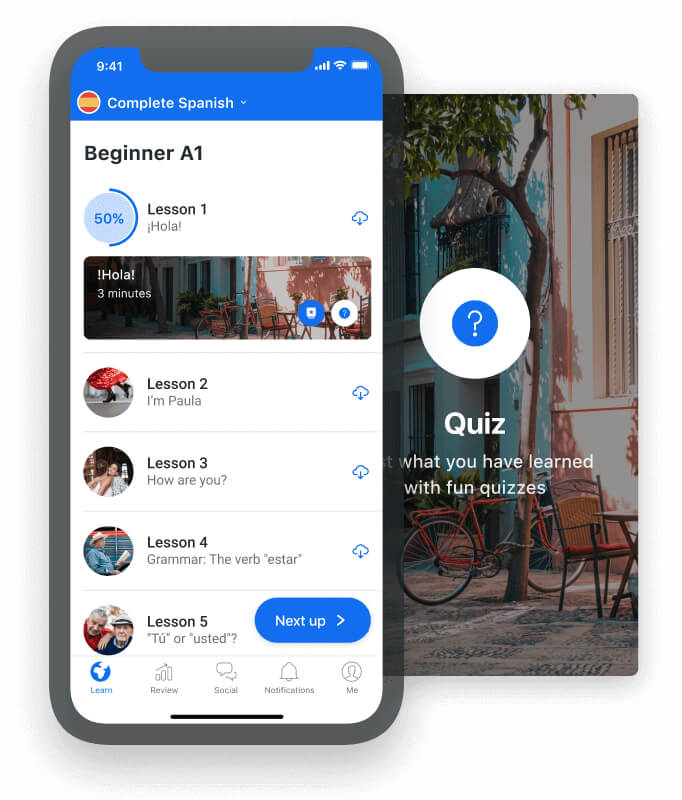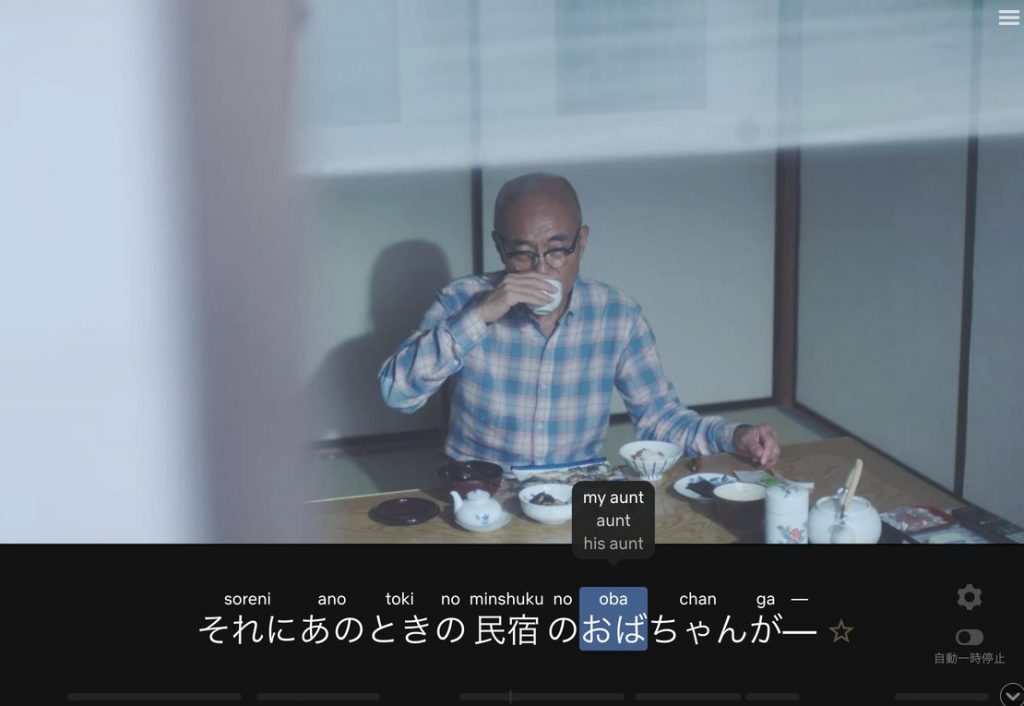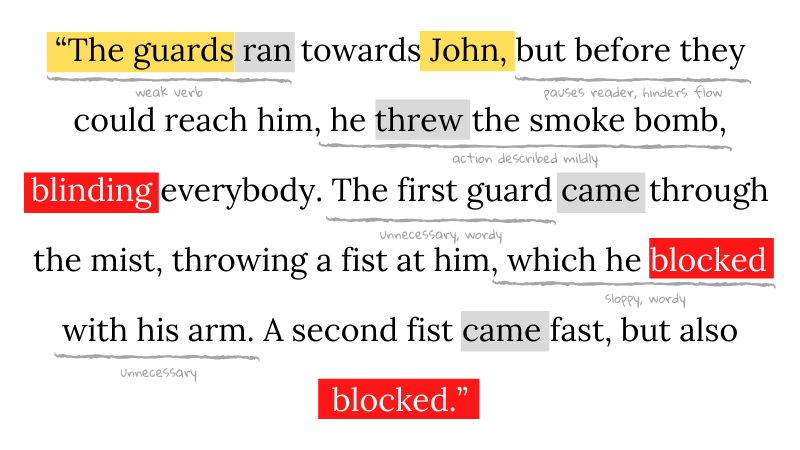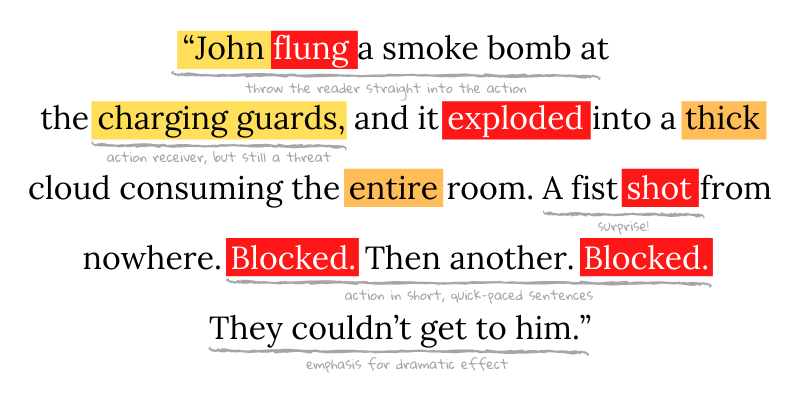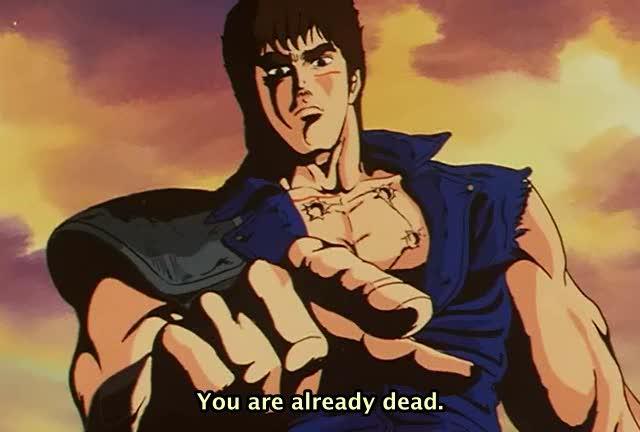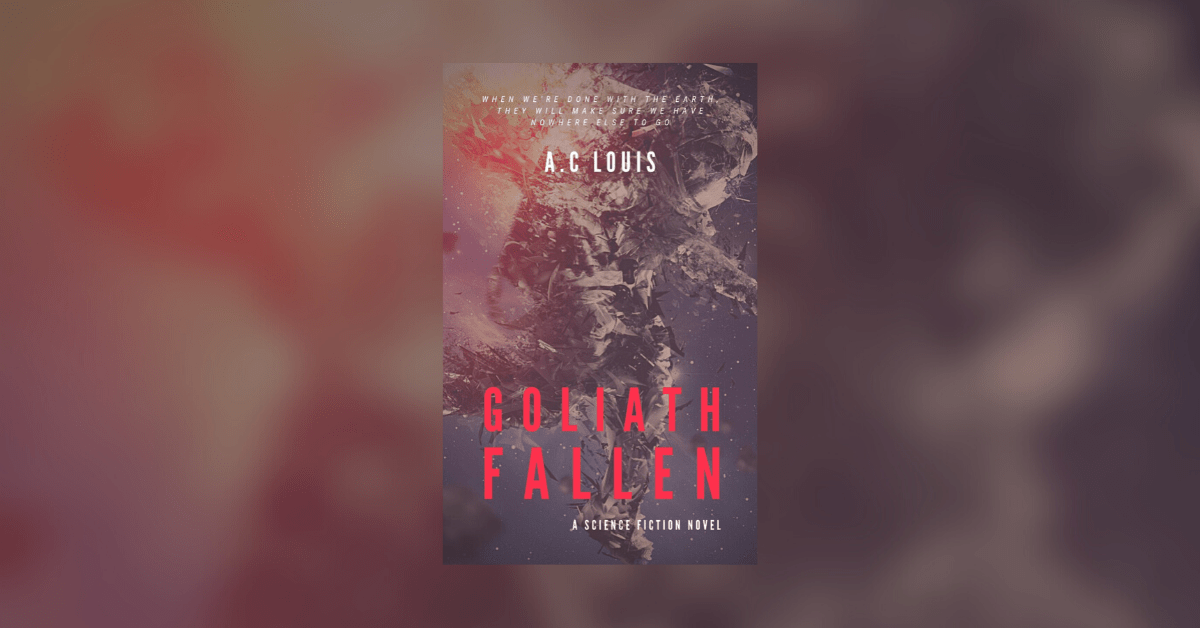One thing that excites me the most about self-publishing my book, GOLIATH FALLEN, is designing the cover. They say you shouldn’t judge a book by its cover. But, when I consider how my book will appear next to heavyweights like To Sleep On A Sea of Stars, The Martian, Dark Matter, or literally any fantasy novel, I would prefer not to take my chances. I need a cover worthy of the six years of hard work I’ve put into writing this book. Designing a book cover is by no means an easy task, so I prefer to hand it off to a professional.
My current book cover
As I mentioned in my previous post, I’ve been sharing my draft on sites like Wattpad to get my book in front of beta readers and do some informal marketing. I used a cover I put together in Canva with art designed by the incredibly talented @naked.monkey and some basic lettering. This cover went through a few iterations using the same art but with different color grading to test what worked better to attract readers. Here’s the latest version, which received very positive feedback on Wattpad and led to almost double the number of monthly reads:

When I saw @naked.monkey’s Astronot piece, I fell in love at first sight. The art captured the mood of my story to perfection: devastation, isolation, urgency. I didn’t hesitate a second in reaching out to him to ask for permission to use it for my book cover. He was kind enough to license it to me for non-profit purposes for a small fee. I added the lettering myself, which is quite basic given that I’m not a professional designer. Goliath Fallen could become a bestseller, but this cover will always have a special place in my heart. However, the time for an update is here. To publish on Amazon KDP (or any other digital store), I need art that I can use commercially for both ebook and paperback versions. The latter is trickier since it includes the entire jacket: front, back, spine, and interior.
Finding a wicked book cover artist
I started my hunt for a cover designer on Reedsy. If I thought picking a show or movie to watch on Netflix was overwhelming and time-intensive, finding the right freelancer on sites like these is an almost insurmountable task. I’ve never commissioned work on a freelance platform before, and it proved to be a scary endeavor. I spent hours browsing through the countless profiles that showed up in my search results until I eventually stumbled upon Alejandro Colucci. I almost fell from my chair when I saw his portfolio. His illustrations are simply mind-boggling. They’re hand-drawn and full of striking, emotional detail. This one, in particular, caught my attention:
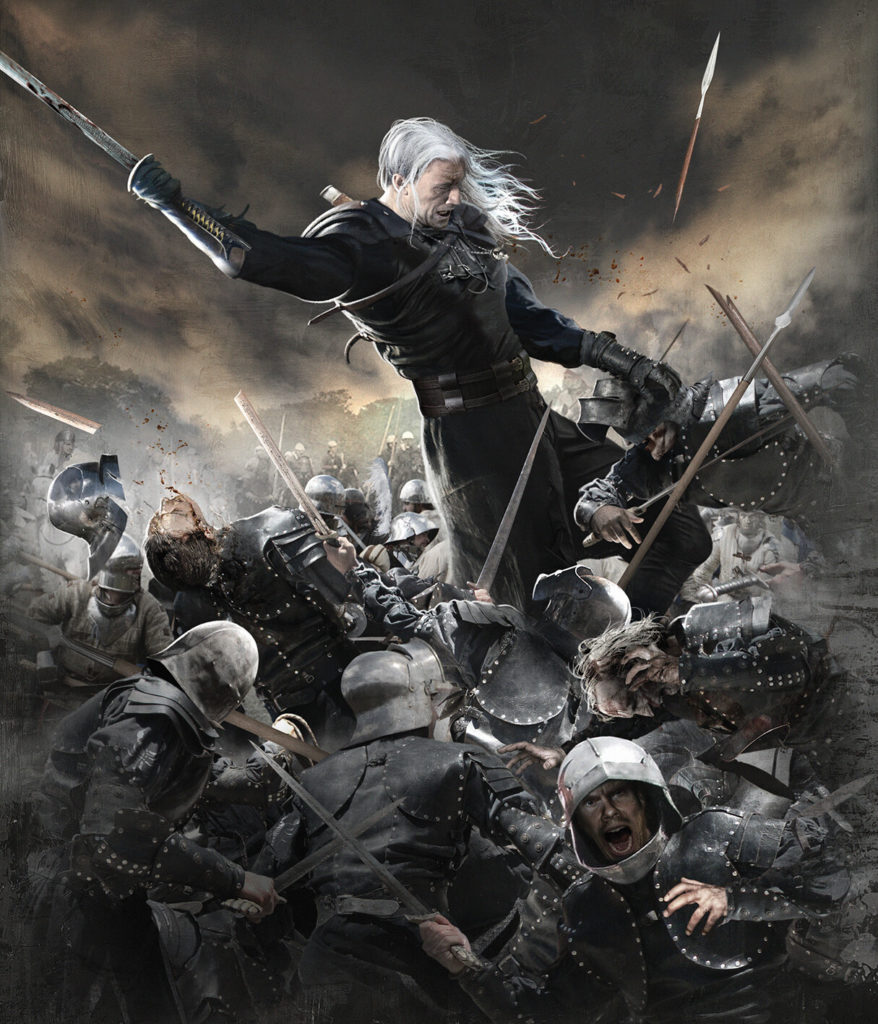
Like, are you kidding me? That’s Gerald of Rivia. It took me a while to realize Alejandro had also designed the first cover for The Witcher series. I was ecstatic to find him on Reedsy and open to new clients. Not only is he talented beyond description, but he was also super nice, humble, and easygoing when I reached out to him. He answered all of my questions and even considered my sketches. (Some clients try to hijack creative control from the artist, which is a big no-no.)
As I expected, Alejandro’s quote was in the upper end of my budgeted range, but it’ll be worth every penny if my book cover ends up looking anything like what he’s produced previously. After filling his inbox with questions and receiving satisfying answers and peace of mind, I seized the opportunity to work with him. I no longer need to look any further. I provided him with a detailed brief document, reference images, and descriptions, and I’m now on pins and needles waiting to see how it will turn out.
So, there you have it—our first item from the list is now crossed off. I have to admit, it has been as much work and as exhausting as I expected it to be. But, I know it will all be worth it in the end.
Stay tuned for a cover reveal!
Get Two Books for Free
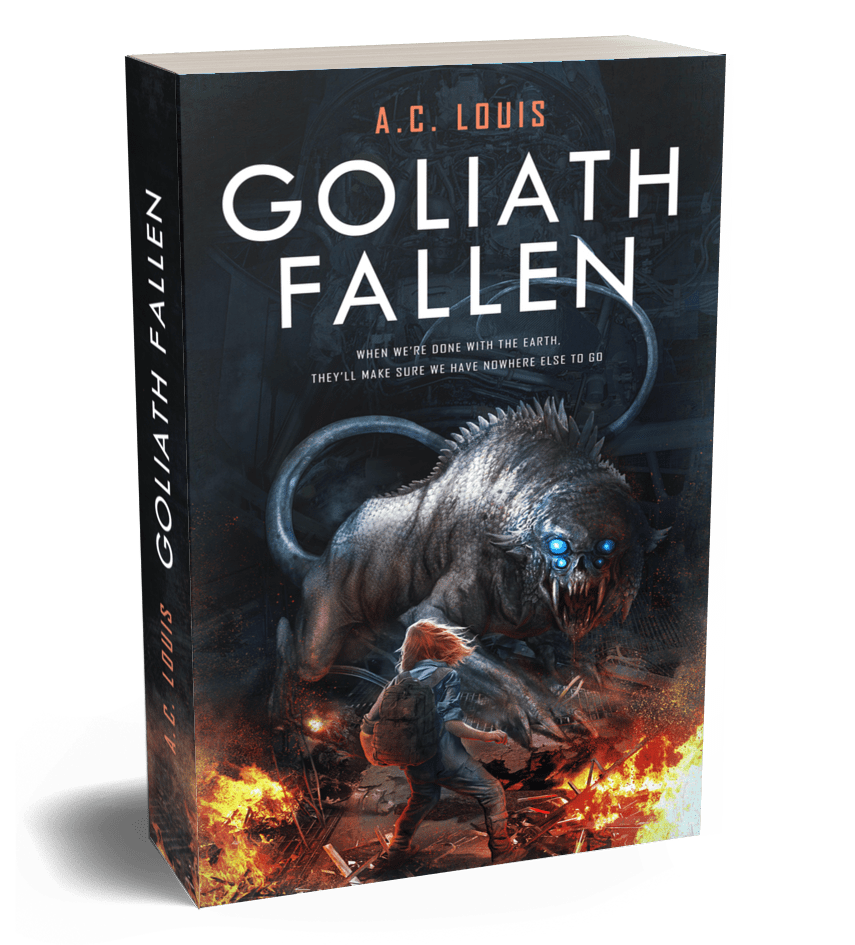
Get a preview of my sci-fi thriller, Goliath Fallen, by joining my exclusive mailing list for access to sales and giveaways. And don’t worry, I dislike spam as much as you do so don’t expect any from me. You can unsubscribe at any time.






